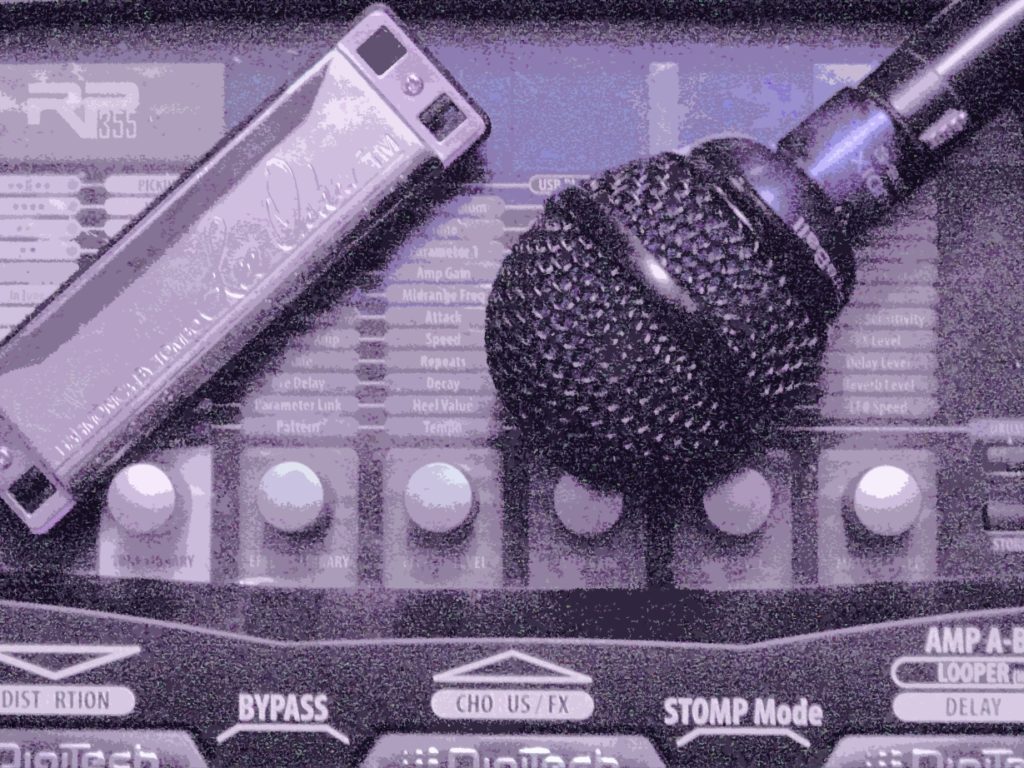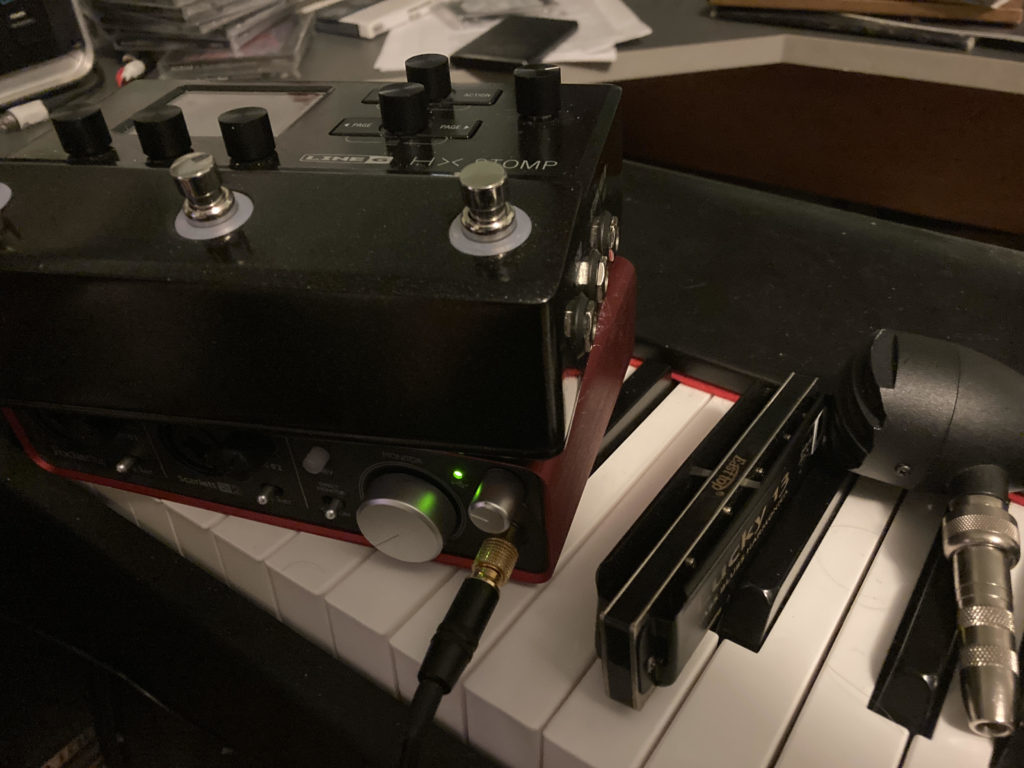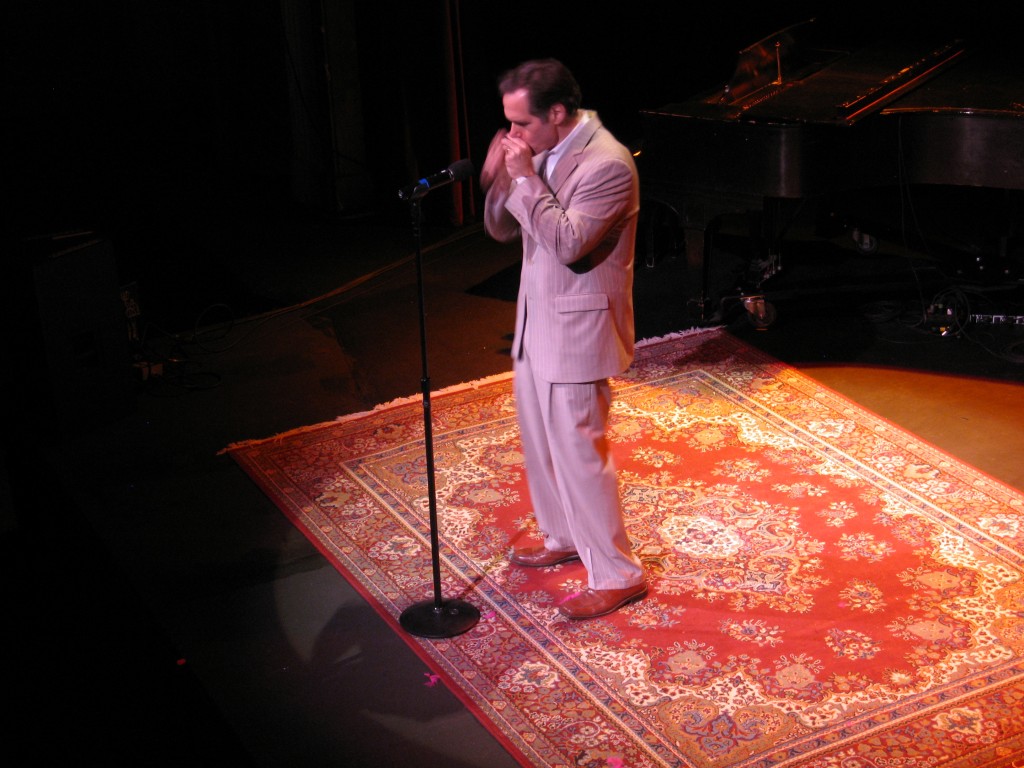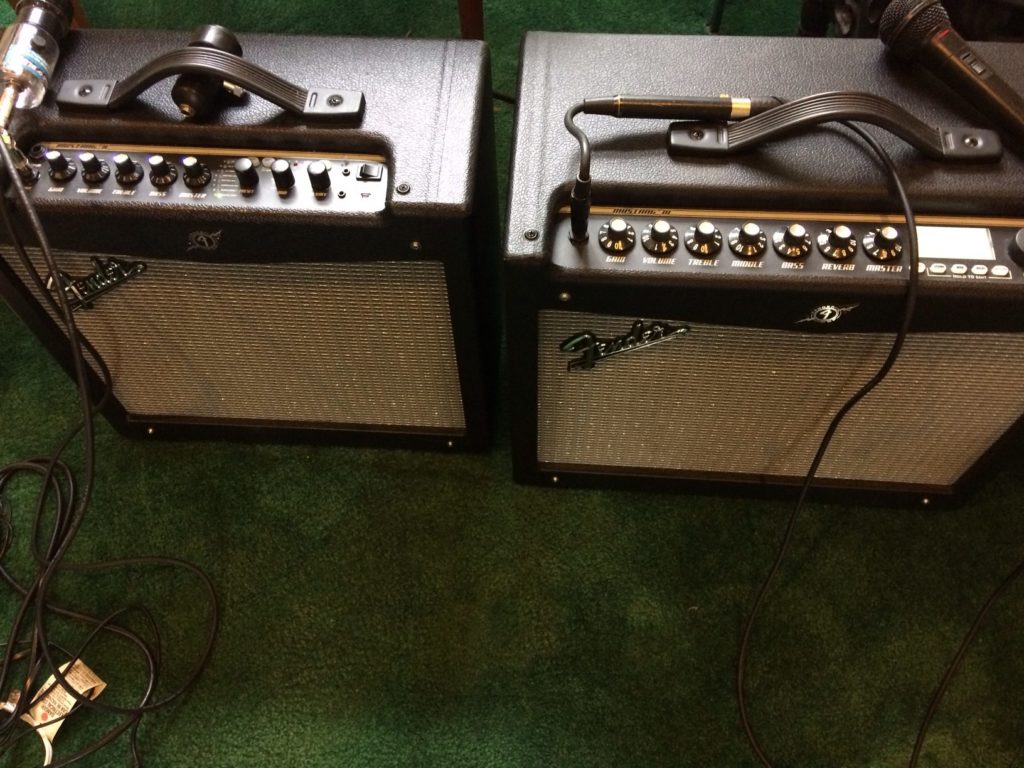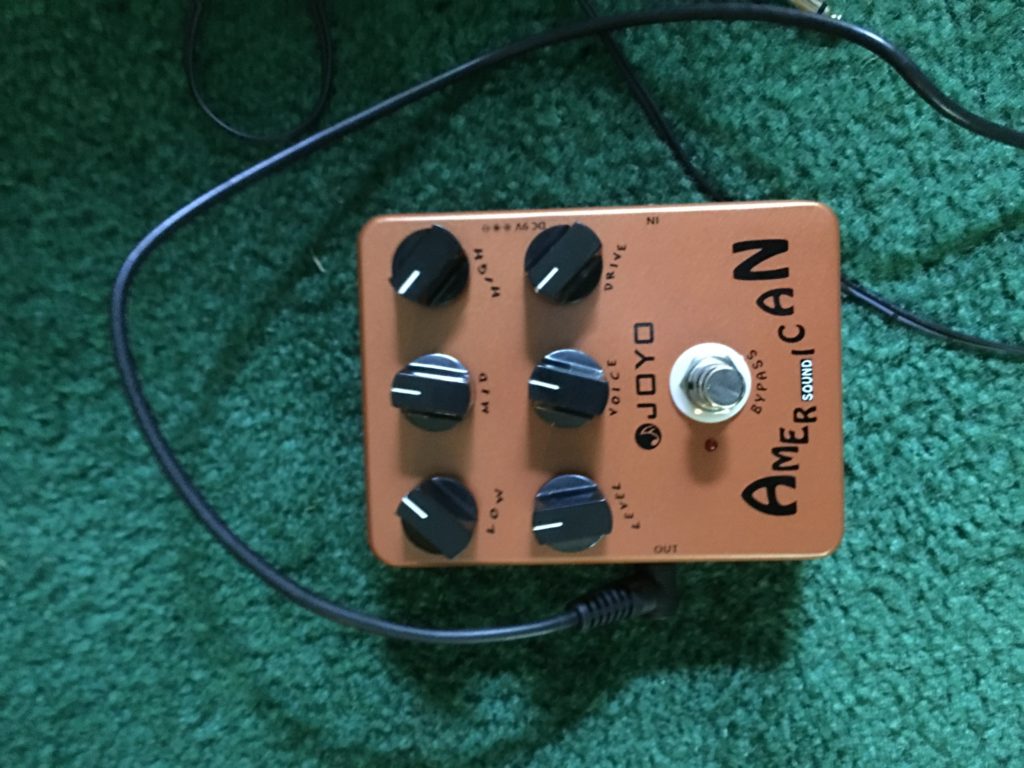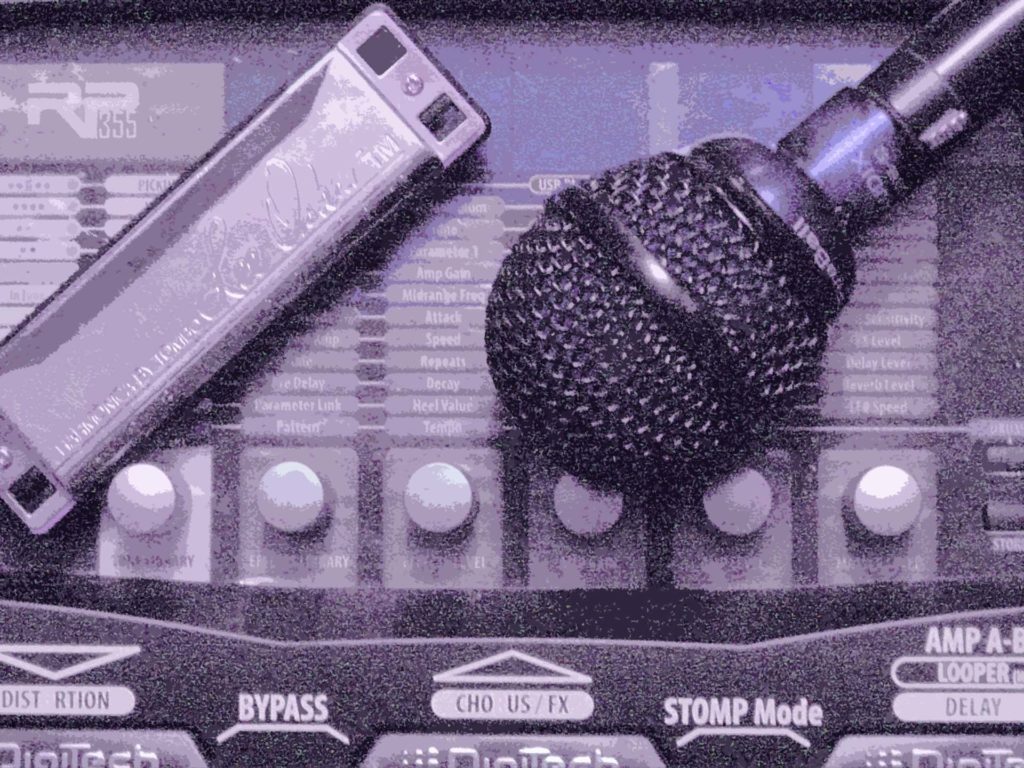Another Live Take on “Blue Future”
I recorded this take on my piece “Blue Future,” complete with vocals, last night. A studio version of “Blue Future” can be found on my EP of the same name (see below).
“Cruisin’ (Sunset Sam)” LIVE
Electric Harp Looping and Improvising, May 2021
In the last few weeks I’ve done a bunch of looping, working on stuff with beatbox, synth bass, and two harp parts. More than two starts to lose its tough. Amyway, I like where this iss going. See if you do too. “G Minor Ostinato…
What’s the best choice for your first (or next) amp?
A frequent question from novice harp players is: what should I buy for my first amped setup? Some of the people reading this are going to buy an amp for themselves or someone else for Christmas, or buy one after Christmas with their Christmas money….
Rock Bottom Cheap and Cheerful Amp Modeling: The Joyo JF-14 American Sound
Rob Paparozzi wrote recently on Facebook that he was using a Joyo JF-14 American Sound amp modeling pedal in his home studio. The thing is apparently modeled on a Fender ’57 Deluxe amp, so when you plug its output into a PA or keyboard amp,…
Songsimian.com posts their review of the 4 best (in their opinion) amp modelers
Songsimian.com just posted a review of 4 top amp modelers, one of which is our own favorite, the Digitech RP500. That’s the one we used for every harp track on our record “The Lucky One;” check out the player above to hear what it sounds…
“The Lucky One” quote of the day June 13: Rohit Shetty
“Your karma should be good, and everything else will follow. Your good karma will always win over your bad luck.” Rohit Shetty Click in this space to check out the Kickstarter campaign to fund Richard Hunter’s 21st century rock harmonica record “The Lucky One”!
“The Lucky One” Quote of the Day June 9 2016: Anne Tyler
“People always call it luck when you’ve acted more sensibly than they have.” Anne Tyler, “Celestial Navigation” Click in this space to check out the Kickstarter campaign to fund Richard Hunter’s 21st century rock harmonica record “The Lucky One”!
Amp Modelers Really Do Sound Better Through Keyboard Amps
I jammed this weekend with my old friend guitarist Tom Gage. I brought about half of my rig: a Digitech RP500, iStomp running Swing Shift, and JamMan Stereo looper. I didn’t bring my Peavey KB2 keyboard amp because Tom had a Fender Deluxe Reverb available…
Power Surges and Amp Modelers Don’t Mix Well
I own two Digitech RP500s, and it’s a good thing, because one of them might be about to die. The cause of death–if indeed it’s imminent–is a power surge.
WHAT’S NEW
Categories
- Audio/Video
- Blog
- Blue Future
- Digitech RP Tricks and Tips
- Discography, CDs, Projects, Info, Notes
- Featured Video
- For the Beginner
- Gallery
- Hunter's Effects
- Hunter's Music
- Huntersounds for Fender Mustang
- Meet the Pros
- More Video
- MPH: Maw/Preston/Hunter
- My Three Big Contributions
- Player's Resources
- Pro Tips & Techniques
- Recommended Artists & Recordings
- Recommended Gear
- Recorded Performances
- Reviews, Interviews, Testimonials
- The Lucky One
- Uncategorized
- Upcoming Performances
- Zoom G3 Tips and Tricks
